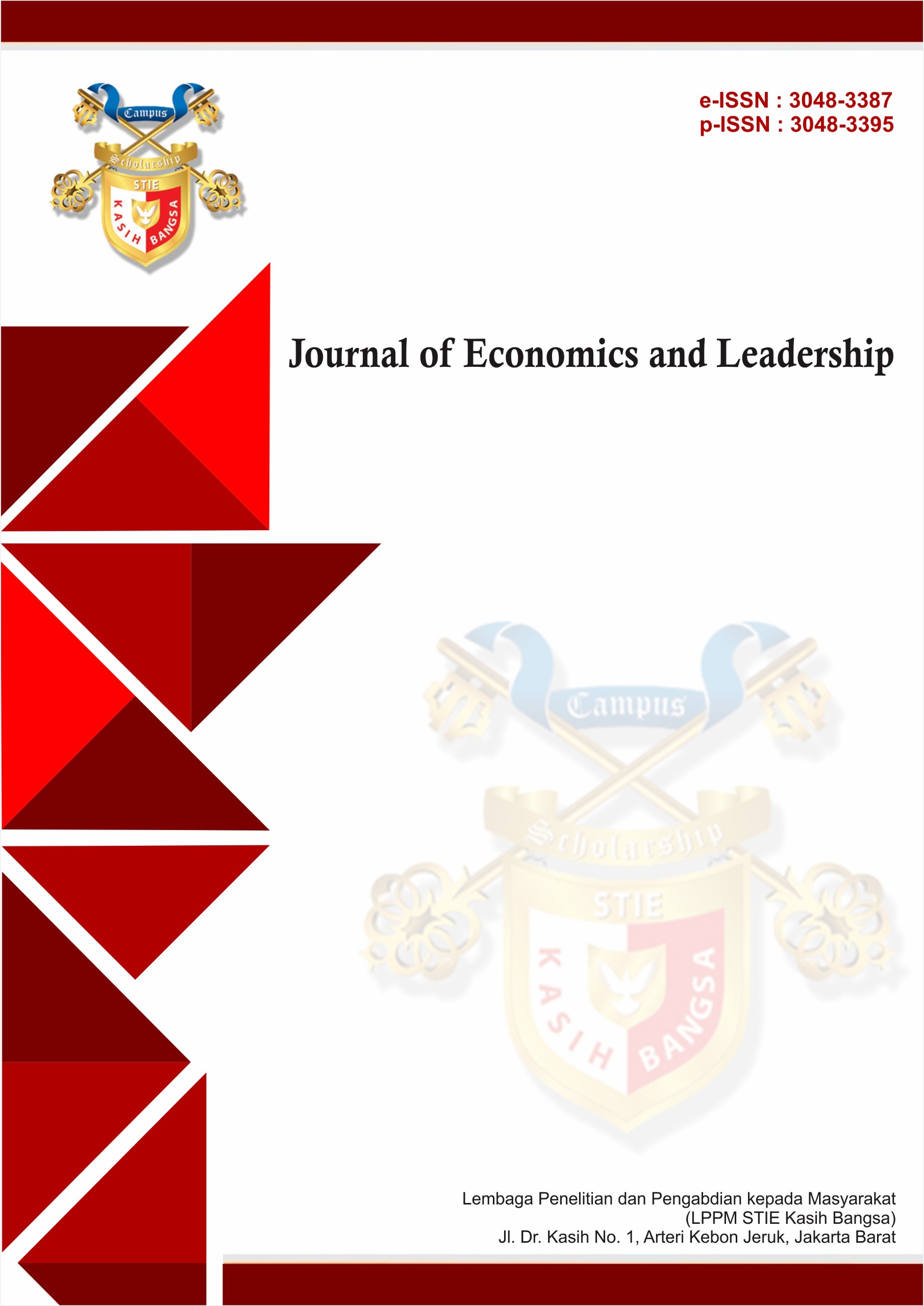Integration of Expectation-Confirmation Model and Task-Technology Fit: Its Impact on Cloud-Based E-Learning Sustainability in Educational Institutions
DOI:
https://doi.org/10.70142/jbl.v1i4.22Keywords:
Cloud-based e-learning, Expectation-Confirmation Model (ECM), Task-Technology Fit (TTF), E-learning sustainability, Task-technology alignmentAbstract
This study aims to explore the integration of the Expectation-Confirmation Model (ECM) and Task-Technology Fit (TTF) in understanding the sustainability of cloud-based e-learning in educational institutions. Using a qualitative literature review approach, this research examines relevant prior studies to analyze the relationship between task-technology fit, expectation confirmation, and users' continuance intention. The findings reveal that the alignment between e-learning technology features and users' task needs significantly contributes to perceived usefulness and satisfaction, ultimately driving continuance intention. Additionally, external factors such as institutional support and system quality play crucial roles in sustaining usage. The integration of ECM and TTF provides a more comprehensive analytical framework to explain users' post-adoption behavior towards cloud-based e-learning. However, this study has several limitations, including the lack of empirical data and a limited focus on social dynamics and psychological factors. This research offers significant contributions to the development of sustainable e-learning implementation strategies and recommends further studies to address the identified limitations.
References
Al-Samarraie, H., & Saeed, N. (2018). A systematic review of cloud computing tools for collaborative learning: Opportunities and challenges to the blended-learning environment . Computers & Education, 124, 77-91. https://doi.org/10.1016/j.compedu.2018.05.016
Bhattacherjee, A. (2001). Understanding information systems continuity: An expectation-confirmation model . MIS Quarterly, 25(3), 351-370. https://doi.org/10.2307/3250921
Cheng, M., & Yuen, A. H.K. (2018). Student continuity of learning management system use: A longitudinal exploration . Computers & Education, 115, 166-177. https://doi.org/10.1016/j.compedu.2017.08.006
Cheng, Y.-M. (2019). How does task-technology fit influence cloud-based e-learning continuity and impact? Education + Training, 61(4), 480-499. https://doi.org/10.1108/ET-09-2018-0203
Creswell, J. W., & Poth, C. N. (2018). Qualitative inquiry and research design: Choosing among five approaches (4th ed.). Sage Publications.
Fink, A. (2019). Conducting research literature reviews: From the internet to paper (5th ed.). Sage Publications.
Gan, C., Li, H., & Liu, Y. (2017). Understanding mobile learning adoption in higher education: An empirical investigation in the context of the mobile library . The Electronic Library, 35(5), 899-914. https://doi.org/10.1108/EL-02-2016-0049
Goodhue, D. L., & Thompson, R. L. (1995). Task-technology fit and individual performance . MIS Quarterly, 19(2), 213-236. https://doi.org/10.2307/249689
Guba, E.G., & Lincoln, Y.S. (1981). Effective evaluation: Improving the usefulness of evaluation results through responsive and naturalistic approaches . Jossey-Bass.
Hew, T.-S., & Syed A. Kadir, S.L. (2016). Predicting instructional effectiveness of cloud-based virtual learning environments . Industrial Management & Data Systems, 116(8), 1599-1617. https://doi.org/10.1108/IMDS-03-2016-0133
Hsieh, H.F., & Shannon, S.E. (2005). Three approaches to qualitative content analysis . Qualitative Health Research, 15(9), 1277-1288.
https://doi.org/10.1177/1049732305276687
Khan, I. U., Hameed, Z., & Yu, Y. (2018). Predicting the acceptance of MOOCs in a developing country: Application of task-technology fit model, social motivation, and self-determination theory . Computers & Education, 131, 29-38. https://doi.org/10.1016/j.compedu.2018.05.005
Noble, H., & Heale, R. (2019). How to do a systematic literature review in nursing: A step-by-step guide . Sage Publications.
Snyder, H. (2019). Literature review as a research methodology: An overview and guidelines . Journal of Business Research, 104, 333-339.
https://doi.org/10.1016/j.jbusres.2019.07.039
Wang, C.-S., Jeng, Y.-L., & Huang, Y.-M. (2017). What influences teachers to continue using cloud services? The role of facilitating conditions and social influence . The Electronic Library, 35(6), 1189-1204. https://doi.org/10.1108/EL-05-2016-0117
Yi, H., Nie, Z., & Li, W. (2017). Implementation of learning management system based on cloud computing . Computers in Human Behavior, 68, 123-130. https://doi.org/10.1016/j.chb.2016.11.042.















